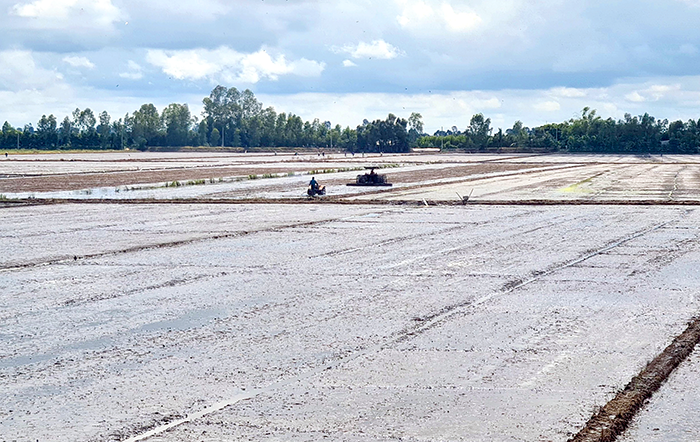
People of Thanh Quoi commune ( Can Tho city) plow and level the fields, preparing to sow winter-spring rice.
Production safety
Ms. Pham Thi Minh Hieu, Head of the Department of Crop Production and Plant Protection (Department of Agriculture and Environment of Can Tho City), said: In order for the 2025-2026 winter-spring rice crop to be effective, after harvesting the autumn-winter rice, the local agricultural sector has actively encouraged farmers to clean the fields, turn the soil, and bring water into the fields to submerge the straw, destroy pathogens, and limit organic poisoning due to undecomposed straw. In particular, farmers planting winter-spring rice must concentrate simultaneously on each field, but still ensure the time between crops, ensuring quality and production efficiency.
According to the Department of Crop Production and Plant Protection of Can Tho City, by mid-November 2025, farmers in the city had planted 67,310 hectares of 2025-2026 winter-spring rice, accounting for over 23% of the plan. The main rice varieties planted are OM 5451, OM 18, Dai Thom 8, ST rice varieties... The planting area is mainly in communes and wards of the former Soc Trang province. Currently, early winter-spring rice is in the seedling to panicle stage. However, due to alternating rainy and sunny weather and fog, by mid-November 2025, 3,828 hectares of rice were infected with diseases and pests. Of which, golden apple snails damaged 471 hectares of rice from the seedling to tillering stage; rats damaged 502 hectares, with a damage rate of 3-10% on rice from tillering to panicle stage; Rice leaf rollers damaged 229 hectares, at a rate of 7-15%, causing damage to rice seedlings and tillering; rice leaf rollers damaged 734 hectares, at a density of 25-60 individuals/m2, causing damage to rice from tillering to heading; rice blast disease infected 1,214 hectares, at a rate of 5-20%, causing damage to rice from tillering to heading stages... In addition, harmful organisms such as stem borers, rice leaf leaf borers, leaf blight, early ripening yellow leaves... appeared and caused local damage and farmers took the initiative to prevent them.
For the 2025-2026 winter-spring rice crop, Can Tho City plans to sow 290,747 hectares, with an expected harvest yield of 2,064,752 tons. The remaining 2025-2026 winter-spring rice sowing schedule is from December 1 to December 12, mainly concentrated in communes and wards of the old Can Tho City and the old Hau Giang province. To achieve productivity, quality and pest safety, and successfully implement the 2025-2026 winter-spring rice production plan, the City Department of Agriculture and Environment recommends that localities closely monitor the local brown planthopper and the migratory planthopper situation in combination with the hydrological regime to sow appropriately, ensuring effective cultivation...
Strengthen protection
Ms. Pham Thi Minh Hieu emphasized: Before sowing the winter-spring rice crop, farmers need to pay attention to doing well the plowing, hoeing, and leveling of the field surface, making furrows to create good drainage conditions, facilitating care and pest management in the fields. Reinforce embankments, culverts, and dams to ensure favorable water regulation in the fields. Regarding care, it is necessary to apply phosphate fertilizer, lime, and organic fertilizer... to help stimulate strong growth of rice roots, limiting organic poisoning. Apply advanced technical advances to rice production in a safe and environmentally friendly direction such as "3 reductions, 3 increases", "1 must, 5 reductions", alternating flooding and drying, applying biotechnology, using biological products (green mushrooms, Ometar...) in pest management...
Can Tho City's Department of Crop Production and Plant Protection warns: Currently, early winter-spring rice in the city is in the stage from seedling to panicle initiation, pests such as golden apple snails are likely to increase in area of infection from light to moderate in stormy conditions, fields are difficult to drain water after sowing combined with high tides. Rats continue to cause damage to early winter-spring rice from seedling to panicle initiation and areas of high mounds, canal banks and orchards. Brown planthoppers, whitefly, and leaf rollers cause damage to rice from tillering to panicle initiation. Fields with dense seeding, excess nitrogen fertilizer, and early spraying of pesticides at the beginning of the season are more likely to be infected. Leaf blast and leaf blight appear due to stormy conditions in the late afternoon, hot mornings and noons, creating favorable conditions for fungal diseases to arise and spread, causing damage. In addition, strong gusts of wind will cause mechanical injuries on the leaves, creating favorable conditions for bacteria to penetrate and cause leaf blight disease... with mild to moderate infection levels; the infected area, infection rate and disease severity are likely to increase in tillering to panicle-forming rice, especially in fields with dense sowing and excess nitrogen fertilizer...
Ms. Pham Thi Minh Hieu commented: To prevent the above mentioned pests, the Department of Crop Production and Plant Protection of Can Tho City recommends that communes and wards that have been planting early winter-spring rice need to combine many measures to manage golden apple snails such as planting stakes to collect and destroy egg nests, placing nets to prevent snails when water is poured into the fields, increasing the implementation of manual measures to catch snails to feed ducks, fish... Apply biological measures and tillage to facilitate snail collection. For leaf rollers, which appear sporadically on rice from tillering to panicle initiation stages, farmers need to visit the fields regularly and monitor the density of leaf rollers in the fields. Limit spraying pesticides in the early stages of rice (0-40 days old) to protect natural enemies, reduce the risk of outbreaks of pests and other pests in the later stages. Rice blast disease, during the second and third fertilization periods, farmers are advised to visit the fields regularly, carefully check the diseased spots on the rice leaves, especially the lower leaves, when the disease first appears, it is necessary to add water to the fields and keep the water level in the fields at 3-5cm, use special drugs to treat rice blast fungus to reduce the possibility of spreading the disease. At the same time, stop applying nitrogen fertilizer, add fertilizer containing potassium to create conditions for rice plants to recover, do not combine spraying foliar fertilizer with pesticides, instruct farmers to manage and prevent diseases according to the principles of integrated pest management and use drugs according to the 4 correct principles. It is necessary to implement comprehensive and safe rat extermination measures such as trapping crops, setting lure traps, biological rat baits... Farmers absolutely do not use electric traps, grease or banned drugs, drugs not on the list of drugs allowed for use in Vietnam to kill rats. It is necessary to organize community rat extermination campaigns regularly and continuously. Organize rat extermination in fields, along residential areas, canal banks, orchard embankments and abandoned land areas...
With the above solutions, farmers cultivating winter-spring rice in 2025-2026 will reduce production costs, create safe, quality products and bring quite high profits.
Article and photos: HA VAN
Source: https://baocantho.com.vn/tang-cuong-bao-ve-dam-bao-san-xuat-an-toan-hieu-qua-vu-lua-dong-xuan-a194148.html



![[Photo] The Standing Committee of the Organizing Subcommittee serving the 14th National Party Congress meets on information and propaganda work for the Congress.](https://vphoto.vietnam.vn/thumb/1200x675/vietnam/resource/IMAGE/2025/11/19/1763531906775_tieu-ban-phuc-vu-dh-19-11-9302-614-jpg.webp)
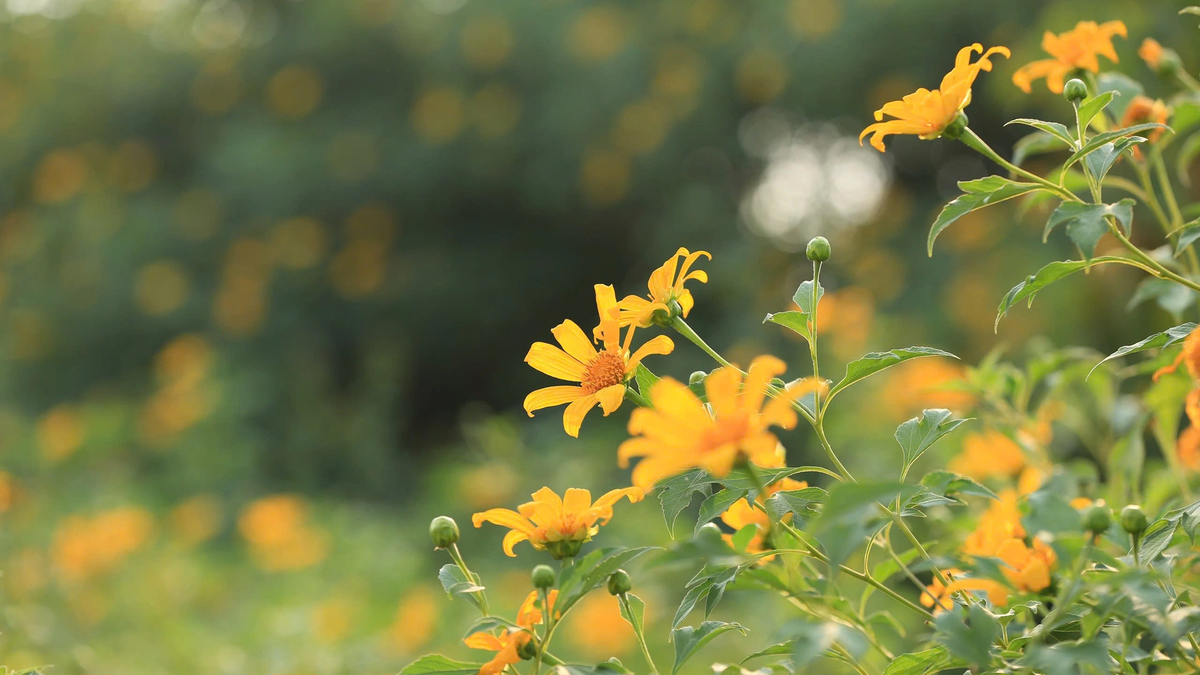



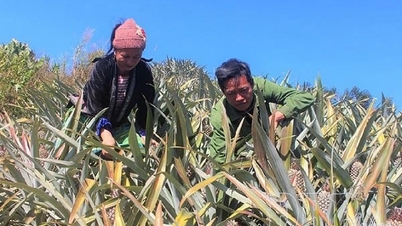

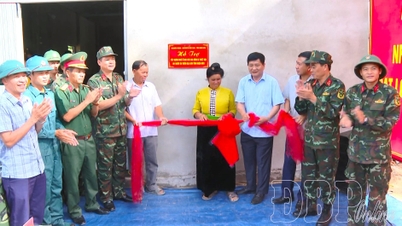


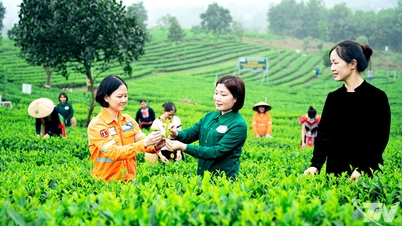









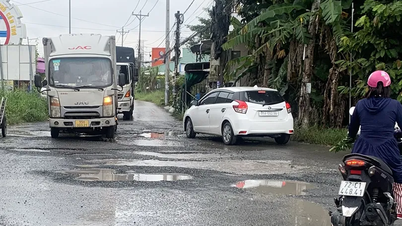


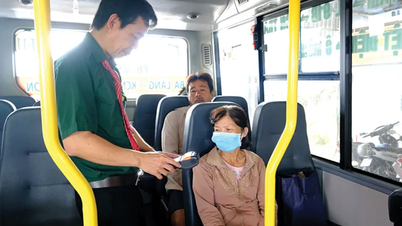

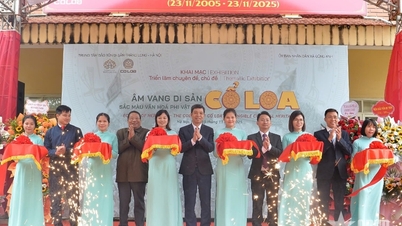











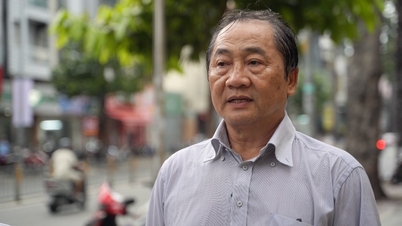

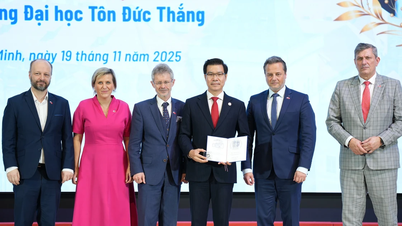
























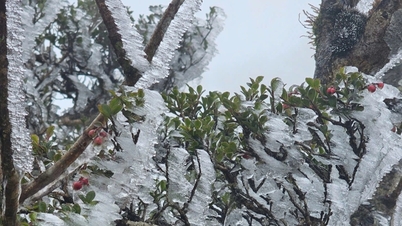


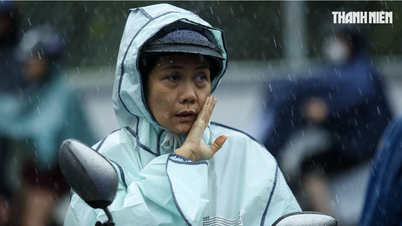





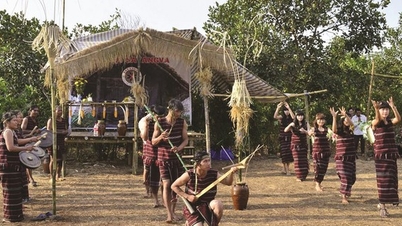




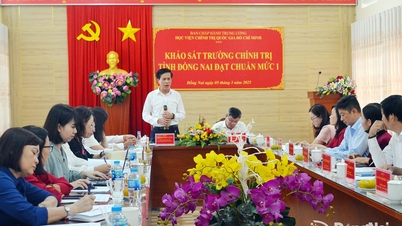

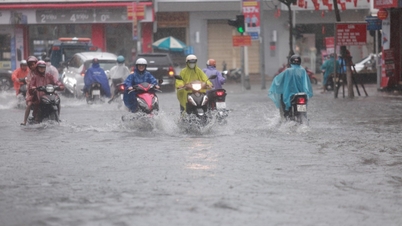

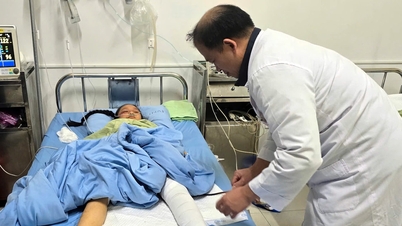


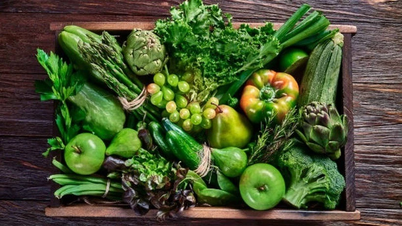
















Comment (0)